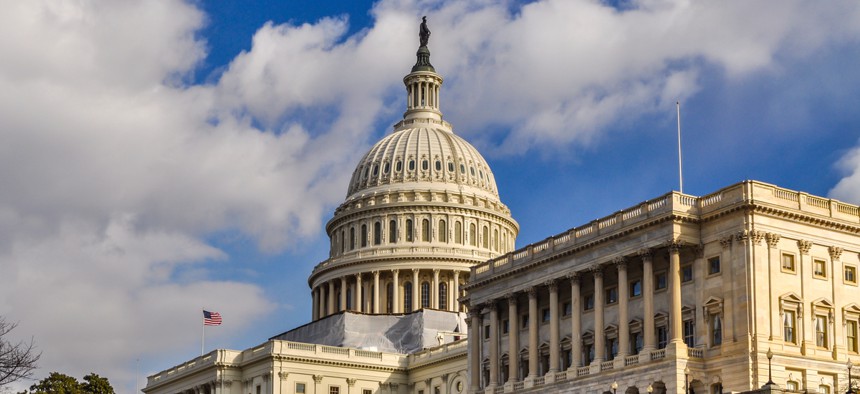
MH Anderson Photography/Shutterstock.com
The Future Depends on Fixing Readiness Now, Vice Chiefs Tell Lawmakers
Service leaders’ annual pilgrimage to Capitol Hill also serves as Phase One of Mattis’ long-range plan.
A week after U.S. Defense Secretary Jim Mattis distributed an unusually public memo laying out a seven-year path to a stronger military, service leaders appeared on Capitol Hill to make the case for more near-term funding.
It’s an annual pilgrimage — this year, the services are reportedly asking to add around $30 billion to the $619 billion budget for 2017 — but it also happens to fit Phase One of Mattis’ three-phase plan: improve readiness. So the vice chiefs of the Army, Air Force, and Navy and the assistant commandant of the Marine Corps spent Tuesday morning painting a grim picture of their forces’ readiness. One by one, they told House Armed Services committee members that the U.S. military, now fighting the Islamic State in several countries, could not take on another war without a “high risk” of arriving late and incurring higher-than-expected casualties.
“Only about one-third of our [58 Brigade Combat Teams] are ready,” said Gen. Daniel Allyn, Army vice chief of staff. “Of the BCTs that are ready, only three could be called upon to fight tonight in the event of a crisis.”
Pentagon planners are still drawing up their official request for supplemental funds, which Mattis’s memo said would go to the White House for review by March 1. But the memo, the services’ unfunded priorities lists, and the four-stars’ testimony all indicated that those funds will be directed toward readiness accounts.
It’s a drum that the Pentagon has been beating since the Budget Control Act of 2011. It also seems a bit at odds with President Donald Trump’s longer-term focus on “rebuilding” the military: purchasing new ships, planes, and equipment.
Even the Navy, which habitually takes a long view of procurement — it plans its ship purchases three decades out — said supplemental funds would go to current maintenance and other near-term activities.
“As I stated in my opening, if we don’t take care of the foundation of the Navy, which is the 275 ships we have today, it doesn’t do us much good to continue to buy new ones,” said Adm. William Moran, vice chief of naval operations. “If additional funds become available in 2017, we will absolutely put them in the readiness accounts.”
The service vice chiefs presented a united front on readiness woes, spending caps, and Congress’ recent habit of approving budgets long after the start of the fiscal year; Moran once called his fellow witnesses “brothers”. But down the hall, there were hints of the less fraternal side of the Pentagon budget-planning process.
Marine Corps commandant Gen. Robert Neller was at the U.S. Navy Amphibious Warship Congressional Forum earlier the same morning. The topic of his remarks? The future of amphibious ships, and the “elevator speech” to make the case for more of them.







